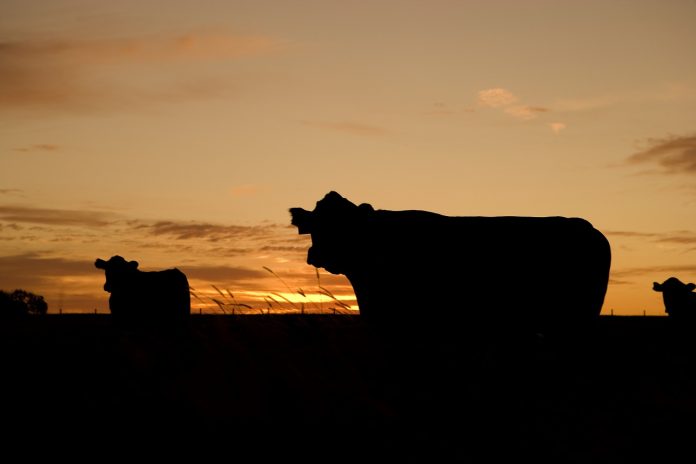If you are a regular reader of this column, you may have noticed that there are a group of us OSU Extension professionals who rotate the writing duties on a regular basis. I always get to share my sage grazing advice around the second or third week in December.
If you have followed the advice of all of the authors, then you should have already:
- Stockpiled your forages;
- Put up your hay (hopefully it was dry enough) or purchased enough for the winter;
- Had your hay tested;
- Sharpened your pencils as you try to figure winter rations;
- Prepared a heavy use pad (especially with the mud this year);
- Planted winter annuals;
- Booked or located clover seed for frost seeding in a couple of months;
- Completed your BQA (Beef Quality Assurance) certification;
- Constructed animal handling facilities.
After looking at this list, I realized that we Extension folks sure do give you a lot of homework assignments. Hopefully, you see the benefit and are not cursing us right now.
You might be saying to yourself, “It’s easy for those Extension educators to sit in their offices and tell us everything that we should be doing on our farms.”
The truth is, many of us are farmers ourselves and should be following our own advice.
My farm has been in the family for 70 years as a tree farm. That means that I have to do everything listed, plus building fences in order to keep animals.
So far, I have enough fenced area to keep small stock, but my 12-year-old son keeps asking when we will be getting cattle. So, I am working nights and weekends, like many of you, to get it all done.
I was able to stockpile some forages in an unfenced area and used temporary fencing to let the animals graze.
I also realized that I had an untapped resource in my fenced front yard. I had stopped mowing early and the grass had grown long with our mild fall weather. So, the free pony that we were gifted this summer has been grazing on bluegrass and fine fescue for the past several weeks.
Check water sources
In my spring article, I had recommended that you walk the farm in order to assess the resources already on your farm. One step was to identify potential springs that could be developed for water sources.
The follow-up was for you to visit those sites again in August to see if they were still flowing. This would have been the real test for their reliability — although this year may have not be the best standard, as it never really got that dry.
So, keep those sites in mind and take a look at them, if it ever dries out again.
Plugging along
As I mentioned at the beginning, everything on the to-do list should have already been done. So, take this time of year to evaluate whether all of your planning and preparation has paid off or if you, like me, still have some work to do.
Keep it up and ask any of us Extension educators for advice as you need it. Maybe I will see you at the Ohio Forage and Grassland Council meeting this winter — or if you are driving by my farm in southeast Ohio and see a little light moving around the field, just honk and know that I am still out there trying to finish the same list that I gave everyone else.














